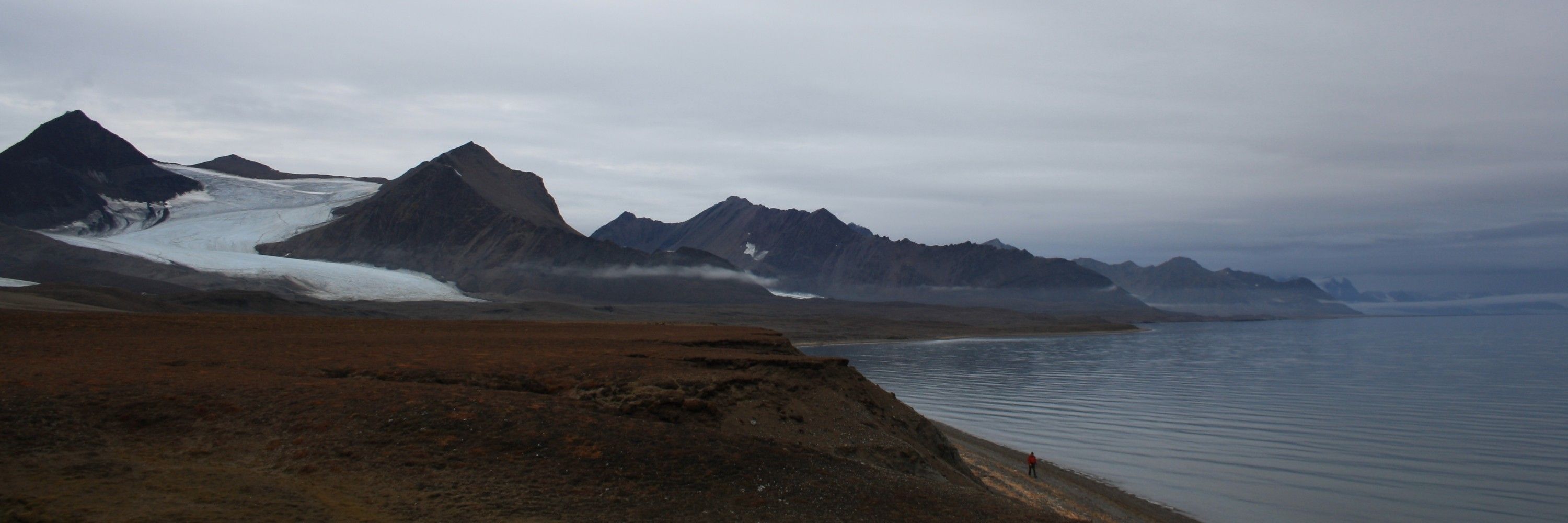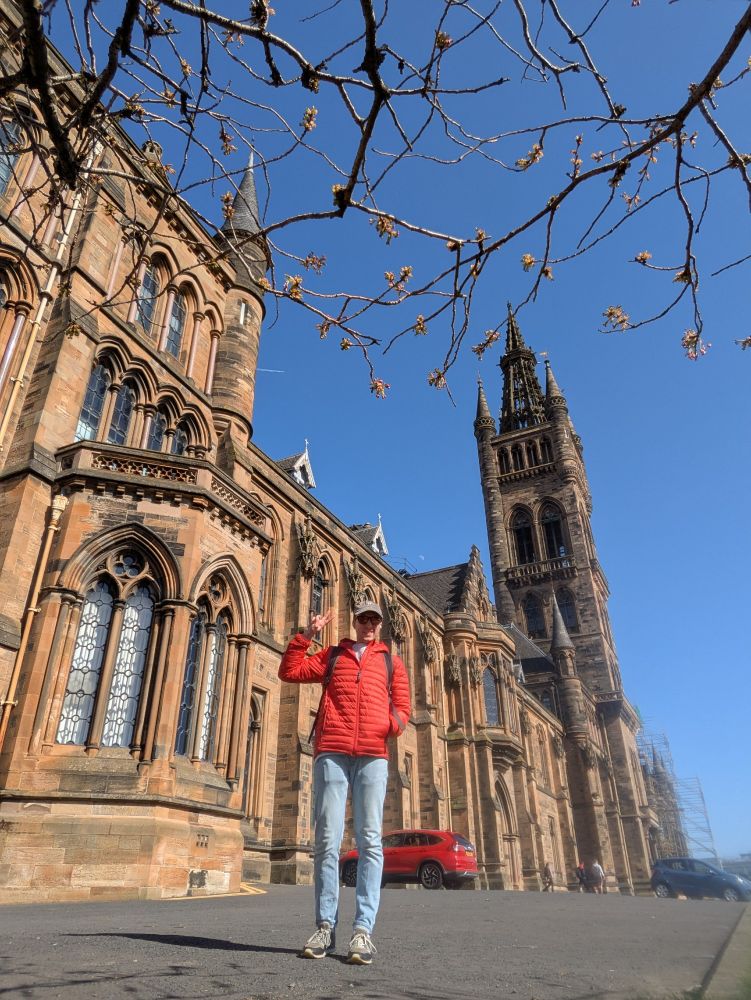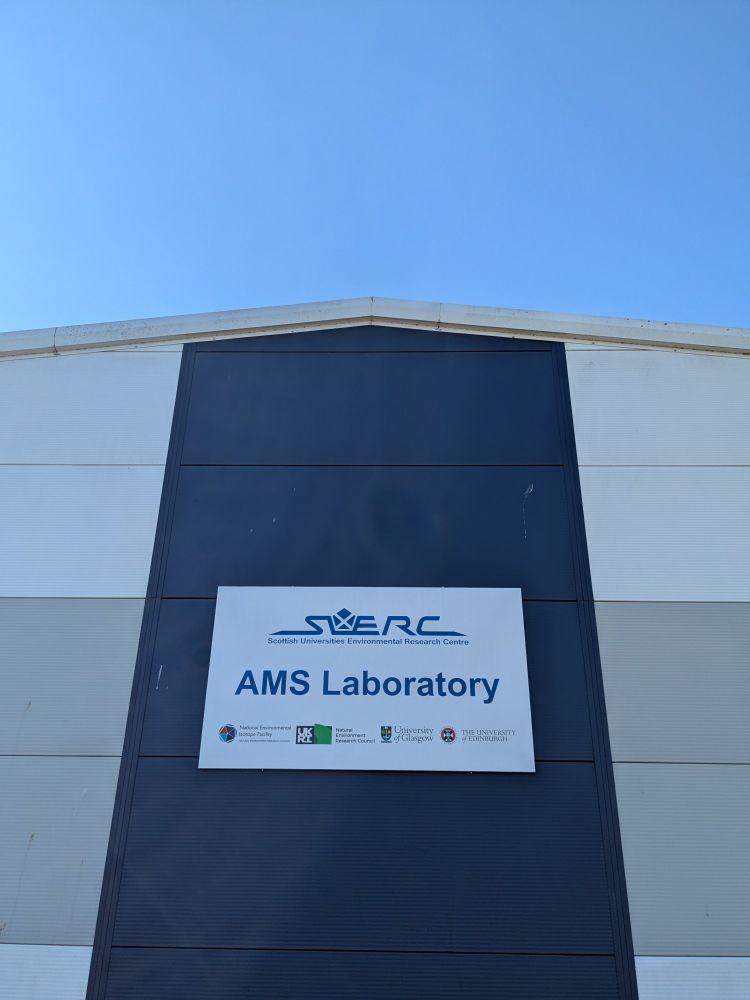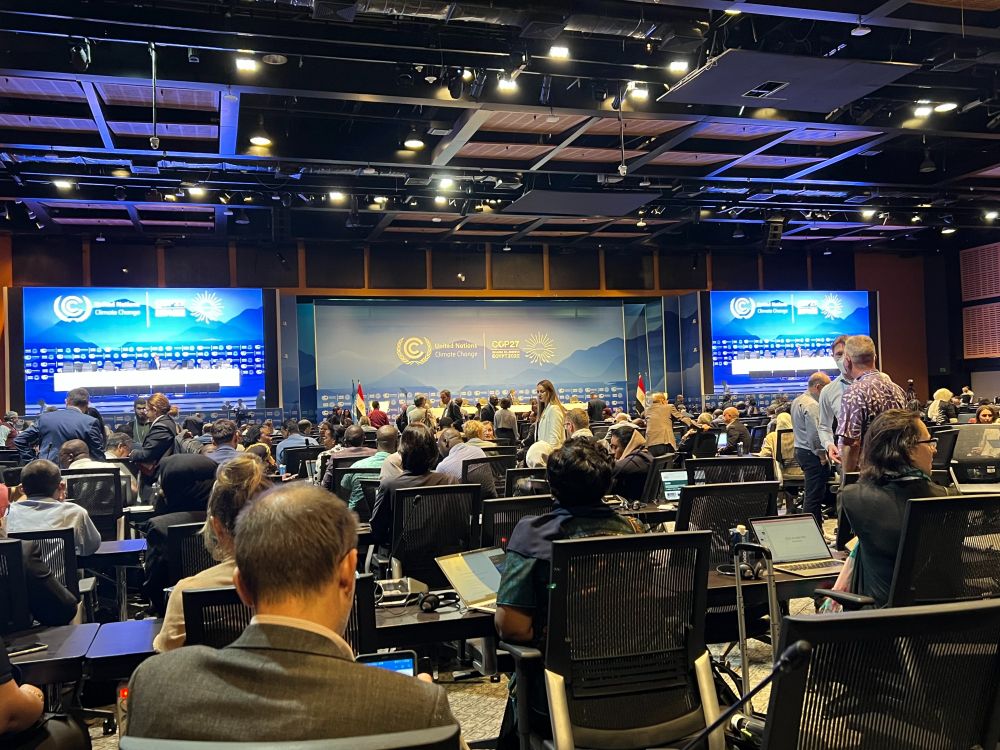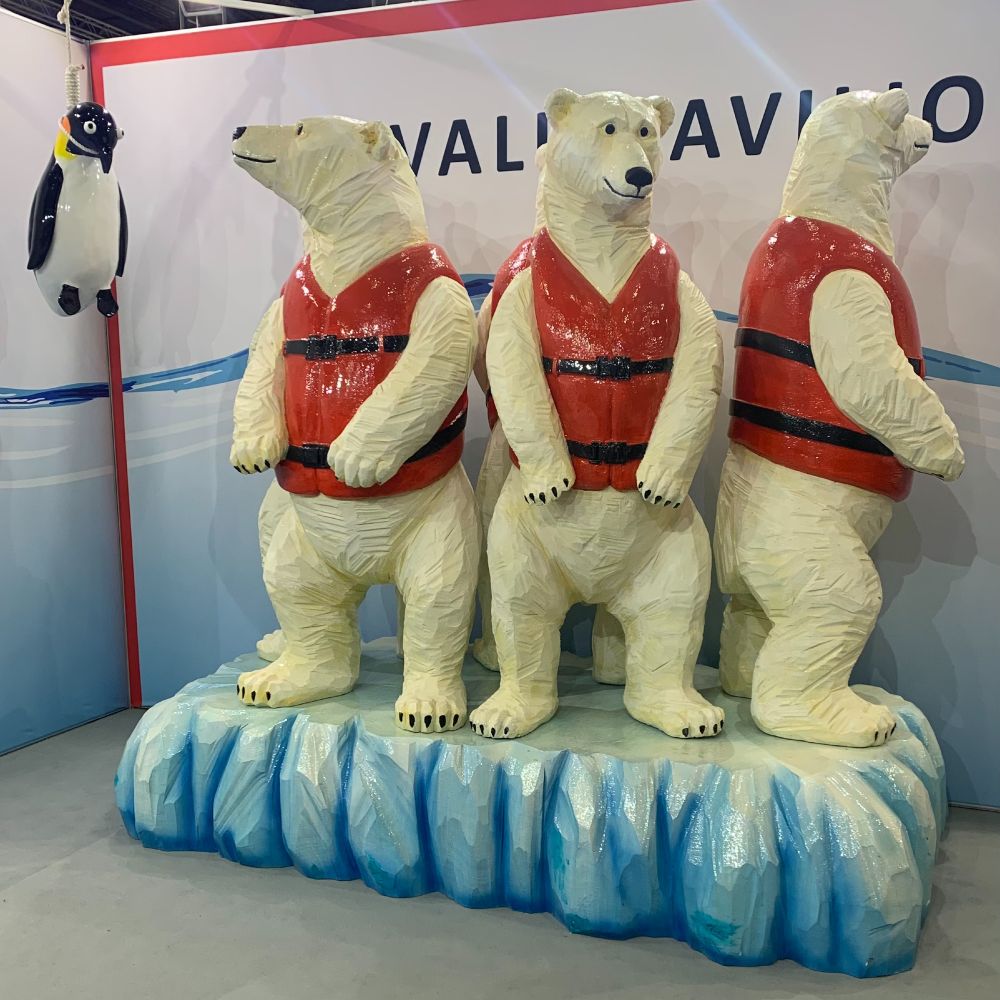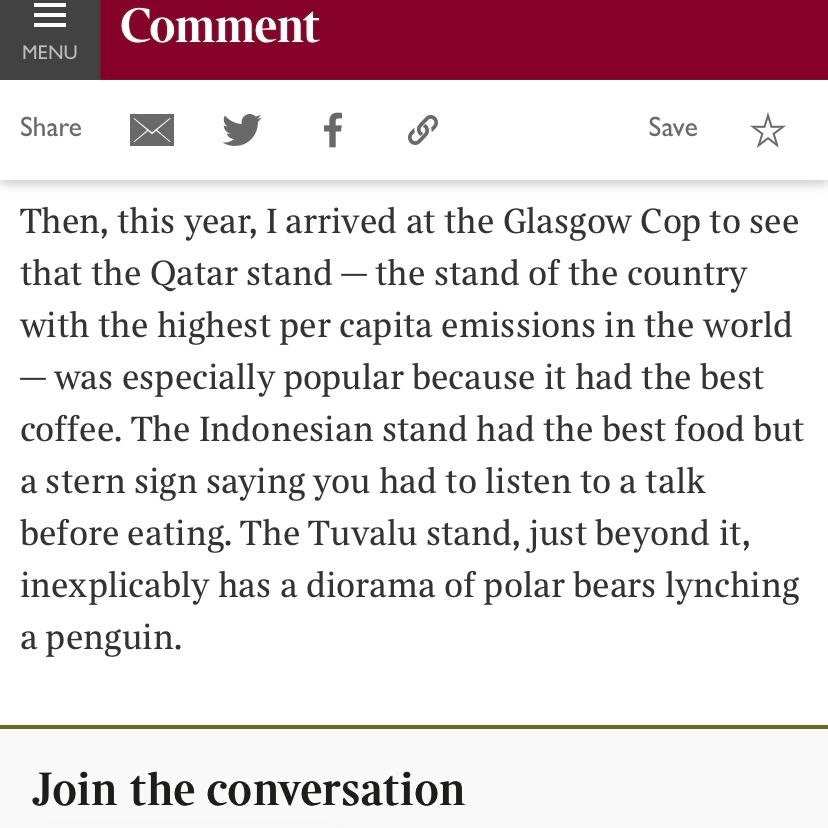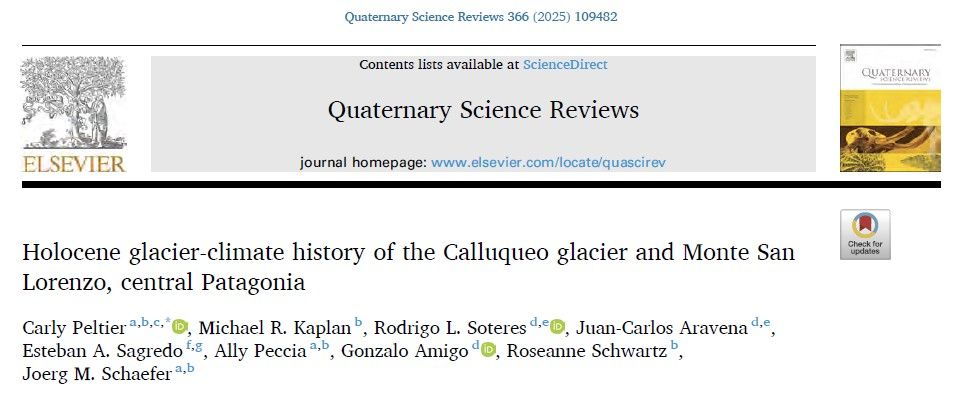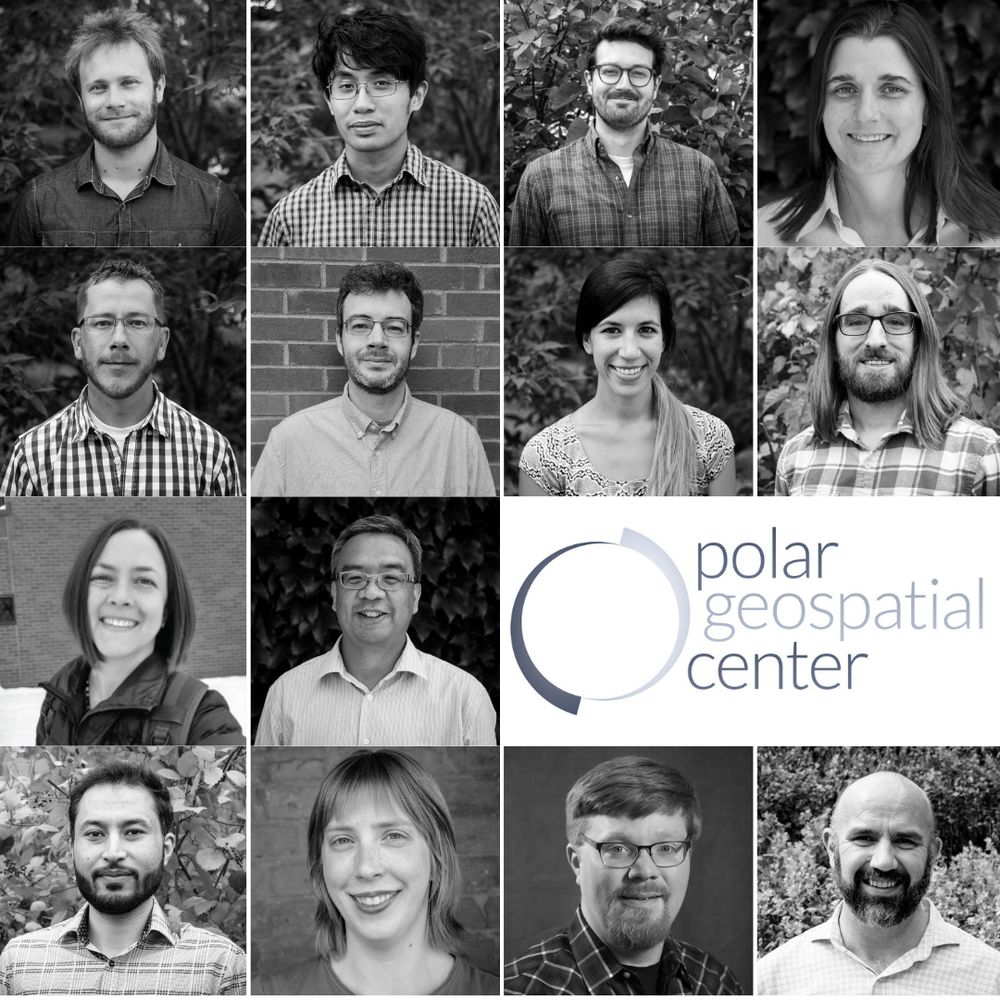Keir Nichols
@cosmokeir.bsky.social
330 followers
330 following
42 posts
Scientist at SUERC/University of Glasgow 🧪 PhD - Tulane ⚜️🏔️ Geographer masquerading as a geologist (he/him) https://linktr.ee/keirnichols
Posts
Media
Videos
Starter Packs
Pinned
Reposted by Keir Nichols
Reposted by Keir Nichols
Reposted by Keir Nichols
Reposted by Keir Nichols
Reposted by Keir Nichols
Reposted by Keir Nichols
lis gallant
@bipedalmeatbag.bsky.social
· Jul 25

Small intrusions may help maintain Kīlauea’s lava lake - Bulletin of Volcanology
We collected rapid-repeat radar data capturing the deformation of the active Halema‘uma‘u summit lava lake surface on January 19, 2023, an otherwise quiescent period during the January–March 2023 erup...
link.springer.com
Reposted by Keir Nichols
Reposted by Keir Nichols
Pete Tuckett
@petetuckett.bsky.social
· Jul 4
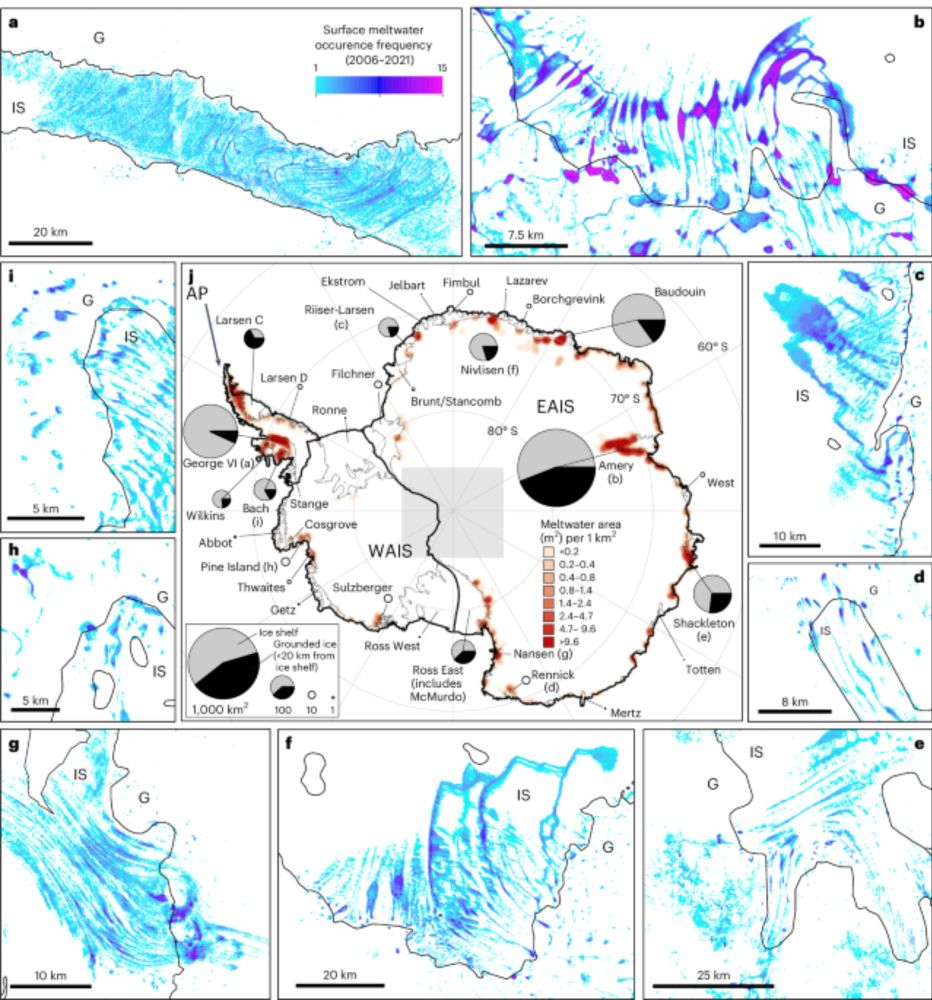
Continent-wide mapping shows increasing sensitivity of East Antarctica to meltwater ponding - Nature Climate Change
This study provides a continent-wide assessment of surface meltwater area in Antarctica between 2006 and 2021, highlighting recent increases in magnitude and variability in East Antarctica, with indic...
www.nature.com
Reposted by Keir Nichols
Reposted by Keir Nichols
Reposted by Keir Nichols
James Kirkham
@jdkirkham.bsky.social
· May 20

Warming of +1.5 °C is too high for polar ice sheets - Communications Earth & Environment
Warming of +1.5 °C above pre-industrial levels is too high for the Greenland and Antarctic ice sheets, and even the current climate forcing of +1.2 °C is likely to lead to several meters of sea-level ...
www.nature.com
Reposted by Keir Nichols
Reposted by Keir Nichols
Keir Nichols
@cosmokeir.bsky.social
· Apr 15
Keir Nichols
@cosmokeir.bsky.social
· Apr 14
Keir Nichols
@cosmokeir.bsky.social
· Apr 14
Keir Nichols
@cosmokeir.bsky.social
· Apr 14
Keir Nichols
@cosmokeir.bsky.social
· Apr 14
